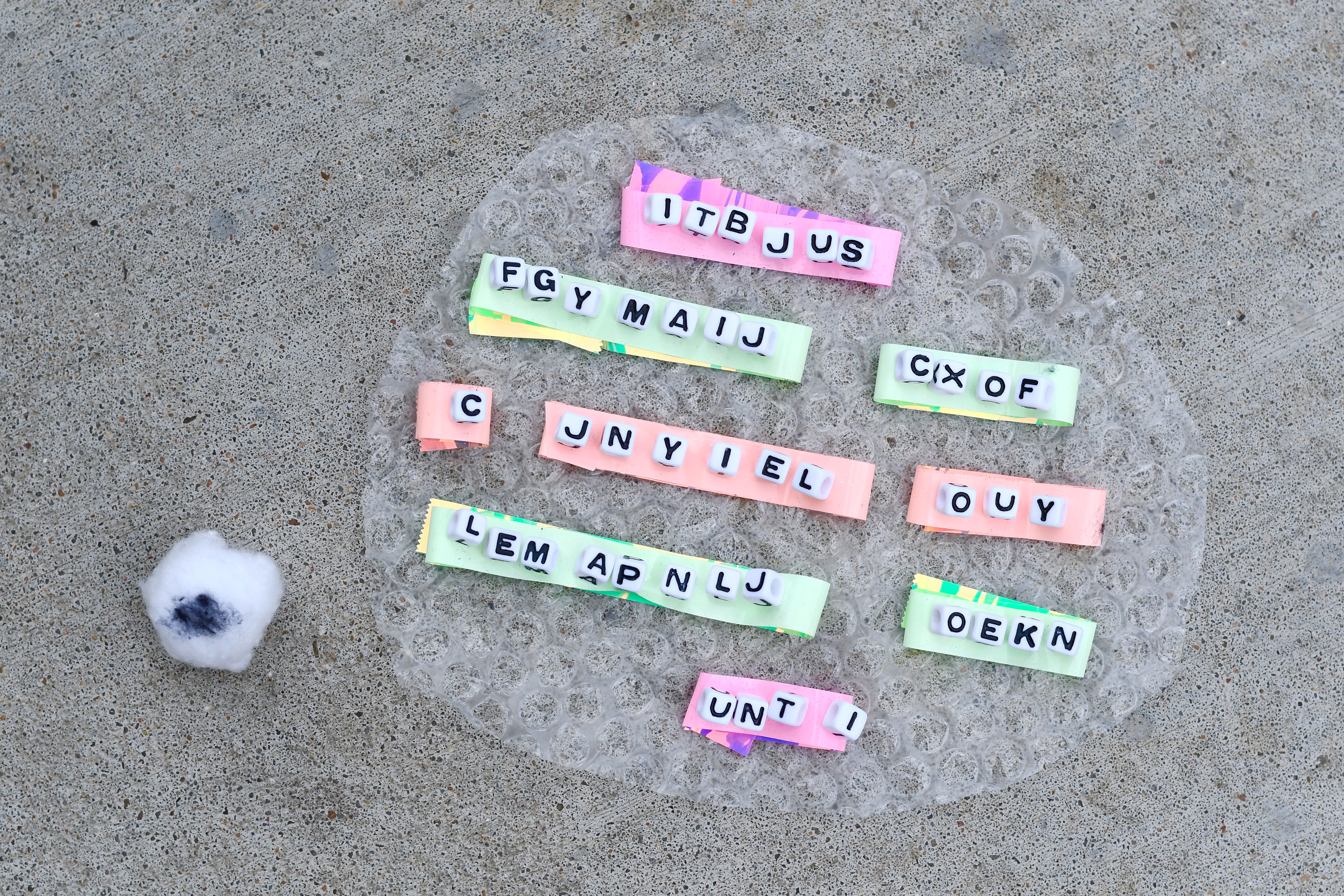September 1, 2020
While on Zoom during my Human Centered Design class last week, we were challenged with a brain mapping activity. This experience eventually led each of us to the creation of a prototype in ten minutes. It all made me wonder- how does this experience compare to brainstorming? Would we have walked away with the same results creatively? Would this experience have provided me the newfound sense of ambiguity if we would have sat in a circle brainstorming? How would this experience have been different if we were able to be with each other physically?
I believe that through our activity I gained much more than what I would have from a simple brainstorming session. This brain map took us through many steps that brought out new questions which led to new routes. The first steps were to interview our partner, then to continue asking questions built off the first ones we asked. It was important not to assume our partner’s answers, but just to listen. Our goal was to work towards building a statement based off our partner’s needs and wants, and through that statement we built a prototype that helped our partners become better gift givers.
Through those steps, I was able to push my brain to ask more, connect more, and create uncomfortably. When we began the exercise, we had no knowledge of what we were doing or what the end prototype would look like, but this sense of ambiguity among all of us made me feel less alone and as if anything was possible. It made me realize how real results come from community actives such as this one, even if our prototypes were out there and strange. The interaction over Zoom never compares to physical interaction with my peers, so I can only imagine how far stretched and wide that imagination circe would have looked like.
My end prototype was this strange invention below. My idea was to create a brain program that could be installed that would record exact conversations to be listened to later. Jonny expressed to me that it was important for him to remember funny words and phrases from his conversations with friends, such as inside jokes. This system would consist of a log of stored recordings, and phrases that create sensory feelings inside the user. Anything that sets off laughter, or feeling of sadness, or an old memory revived, would automatically be stored. Any other words exchanged would need to be manually recorded, and the installed button inside of the users ear would need to be pressed on. In the photo below, the cotton ball is supposed to represent that earpiece. The user could then scroll through the codes inside of his/her log through the VR system enabled, and the program would appear as the photo below, with lines of code that each represents a recorded memo.


